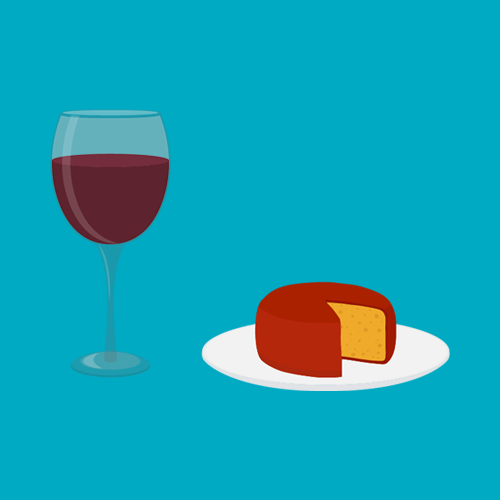As a restaurant owner, manager, caterer, or event planner, creating a memorable dining experience is key to success. When pairing food and wine, it’s about taste and creating harmony between flavors. Successful food and wine pairings can elevate your event to the next level. In this blog post, we’ll share our secrets to achieving successful food and wine pairings that will delight your guests and make your event one they’ll remember for years.
Balancing Flavors
The first step in pairing food and wine is to balance their flavors. Consider the food and wine’s intensity, acidity, and sweetness. For example, a rich and bold red wine pairs well with steak or red meat, while a light and crisp white wine pairs well with fish or chicken. It’s important to ensure that neither the food nor the wine overpowers the other, creating a harmonious taste.
Origin of Food and Wine
Another aspect to consider is the origin of the food and wine. Pairing food and wine from the same region can create a perfect match. For example, an Italian meal pairs well with Italian wine. Similarly, a French meal pairs well with French wine. The reason is that the food and wine are grown in the same region and complement each other’s flavor.
Experimenting with Unique Pairings
While traditional pairings often work, stepping out of the box and experimenting with unique pairings can make your event stand out. Pairing a spicy dish with a sweet wine can create a balance that surprises and delights guests. For example, a Riesling can balance the spiciness of a Thai green curry, or a dessert wine can complement a rich chocolate cake.
Occasion and Setting
The occasion and setting of your event can also influence your food and wine pairings. For example, a formal event may call for high-end wines, while a casual event may call for easier-drinking wines. The setting can also affect the pairings. For instance, seafood is best paired with white wine on a beachside occasion, while red meat is best paired with red wine in a rustic setting.
Serve at the Right Temperature
The temperature at which the wine is served also affects how it pairs with food. Red wines are served at room temperature, while white wines are served chilled. You can also consider the wine storage temperature rules, which are between 55°F and 65°F. Serving white or red wine too cold can change the taste and affect how well it pairs with food.
In conclusion, food and wine pairings are essential to creating a memorable dining experience. Balancing flavors, considering the origin of the food and wine, experimenting with unique pairings, and serving the wine at the right temperature are all secrets to successful pairings. Pay attention to the occasion, setting, and guest preferences to help influence your planning. By following these tips, you can elevate your event and surprise your guests with a combination of flavors that will leave a lasting impression. Remember, a thriving food and wine pairing is not just about taste; it’s about creating a moment guests will remember for years.

